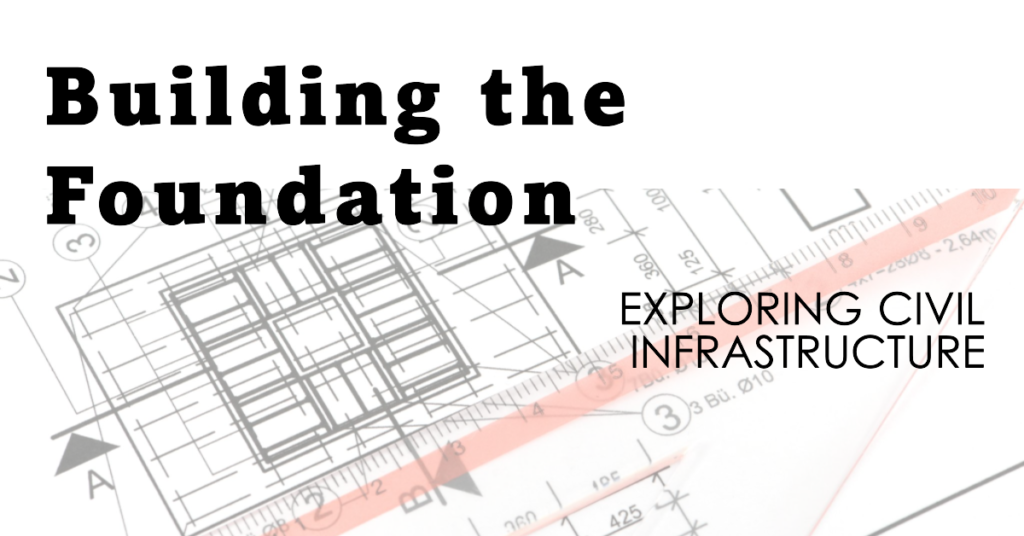
Table of Contents
Introduction to Civil Infrastructure:
Civil Infrastructure stands as the bedrock of modern society, providing the essential framework that supports our daily lives. From roads and bridges to water supply systems and electrical grids, these structures form the arteries and veins of our urban landscapes. In this blog post, we delve deep into the intricate world of civil infrastructure, exploring its significance, the challenges it faces, and the innovative solutions driving its evolution.
Understanding the Significance:
Civil infrastructure serves as the lifeline of communities, facilitating transportation, communication, and commerce. Efficient transportation networks enable the seamless movement of goods and people, fostering economic growth and connectivity. Moreover, robust infrastructure systems ensure access to essential services such as clean water, sanitation, and energy, enhancing public health and quality of life. As urbanization continues to accelerate globally, the demand for resilient infrastructure becomes increasingly pronounced, underlining its pivotal role in sustaining societal progress.
Challenges on the Horizon:
Despite its critical importance, civil infrastructure confronts a myriad of challenges that threaten its functionality and longevity. Aging infrastructure, inadequate maintenance, and natural disasters pose significant risks to its reliability and safety. Moreover, rapid urbanization and population growth exert immense pressure on existing infrastructure systems, necessitating strategic planning and investment to accommodate evolving needs. Climate change further exacerbates these challenges, with extreme weather events and rising sea levels amplifying the vulnerability of infrastructure assets.


Innovative Solutions Driving Progress:
Amidst these challenges, innovative solutions are reshaping the landscape of civil infrastructure, ushering in an era of resilience and sustainability. Advanced materials and construction techniques enhance the durability and performance of infrastructure assets, prolonging their lifespan and reducing maintenance costs. Smart infrastructure technologies leverage data analytics and sensor networks to monitor asset health in real-time, enabling proactive maintenance and efficient resource allocation. Furthermore, the integration of renewable energy sources and green infrastructure practices promotes environmental sustainability, mitigating the carbon footprint of infrastructure systems.
Embracing Digitalization:
The advent of digitalization revolutionizes the way we design, build, and manage civil infrastructure projects. Building Information Modeling (BIM) facilitates collaborative design and visualization, streamlining the planning and construction process. Virtual reality (VR) and augmented reality (AR) technologies enhance stakeholder engagement and decision-making, enabling immersive experiences that transcend traditional limitations. Additionally, the Internet of Things (IoT) empowers infrastructure assets with connectivity and intelligence, optimizing operations and enhancing resilience.
Investing in Resilience:
Recognizing the imperative of resilience, governments and stakeholders worldwide are increasingly investing in infrastructure projects that prioritize durability and adaptability. Resilient design principles integrate risk assessment and mitigation strategies into infrastructure planning, safeguarding against natural and man-made hazards. Furthermore, holistic approaches to infrastructure resilience emphasize community engagement and social equity, ensuring that vulnerable populations are adequately protected and supported in times of crisis.
Fostering Sustainability:
Sustainability lies at the heart of modern infrastructure development, guiding decisions to minimize environmental impact and maximize resource efficiency. Green infrastructure initiatives promote nature-based solutions such as permeable pavements and green roofs, reducing stormwater runoff and enhancing biodiversity. Additionally, renewable energy technologies, such as solar panels and wind turbines, are increasingly integrated into infrastructure projects to reduce reliance on fossil fuels and mitigate greenhouse gas emissions.
Promoting Accessibility and Inclusivity:
Accessible infrastructure design is essential for fostering inclusivity and ensuring equal access to opportunities for all members of society. Universal design principles advocate for the creation of infrastructure that accommodates diverse needs and abilities, including those with disabilities and mobility challenges. By prioritizing accessibility in infrastructure planning and development, communities can enhance social inclusion, improve mobility, and promote dignity for all residents.
Conclusion:
In conclusion, civil infrastructure serves as the backbone of modern society, facilitating economic prosperity, social cohesion, and environmental sustainability. However, the challenges facing infrastructure are multifaceted and require concerted efforts from governments, stakeholders, and communities to address effectively. By embracing innovation, investing in resilience, and prioritizing sustainability and inclusivity, we can build a foundation that withstands the test of time and fosters the well-being of current and future generations.



